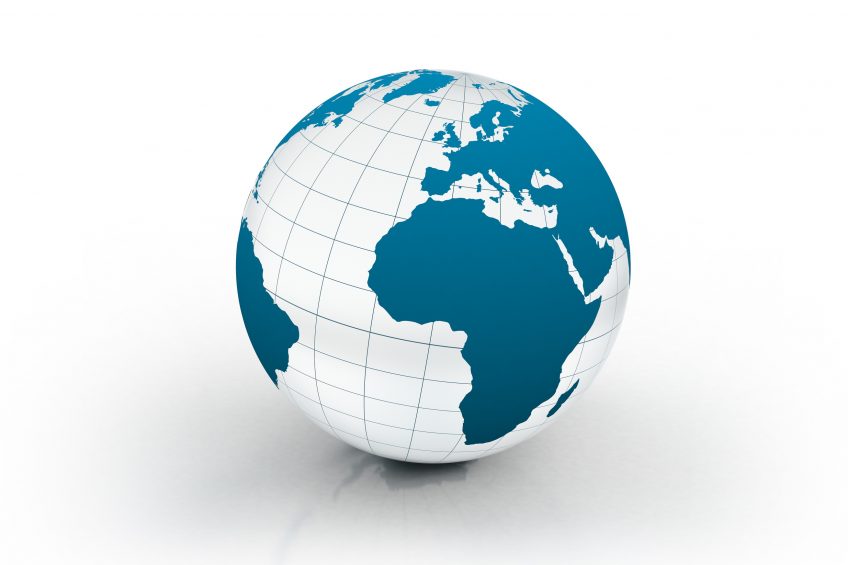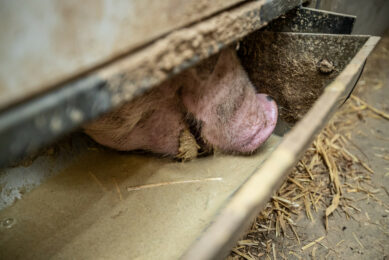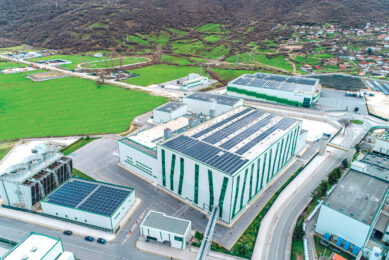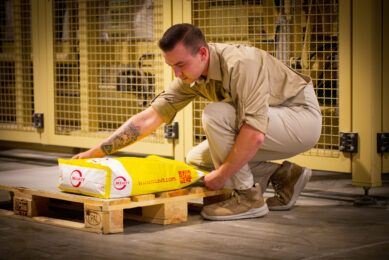Feeding the world organically: Reduction of animals needed

Feeding the planet organically in theory would be possible, but it requires a revolution in the way food is produced and consumed – which includes a transformation of the meat industry. So much has become clear from a recent publication by a conglomerate of European scholars.
The group of researchers, based in Switzerland, Austria, Italy and the United Kingdom, and often associated with institutes focusing on organic production, published their findings this month in Nature Communications this November.
The researchers admit that solely converting to 100% organic production within an agricultural production system that should provide the same quantities and composition of outputs as in the reference scenario, is not viable and would lead to increased agricultural land use.
Pointing to upsides of the reduction of nitrogen surplus and pesticide use, they continued to say: “In combination with reductions of food wastage and food-competing feed from arable land, with correspondingly reduced production and consumption of animal products, land use under organic agriculture remains below the reference scenario.
“Other indicators such as greenhouse gas emissions also improve, but adequate nitrogen supply is challenging. Besides focusing on production, sustainable food systems need to address waste, crop-grass-livestock interdependencies and human consumption.”
Reducing demand for animal products
In order to convert to ‘organic’, the researchers wrote that patterns of food consumption and production need a re-think. In the ‘discussion’ part of their article, they wrote:
“Reducing global average demand for animal products and their share in human diets is a strategy for more sustainable food systems on the basis of natural resource use, environmental impact and also human health arguments. We have shown that the favourable environmental performance of reduced animal numbers in livestock production that is free from food-competing feed and organic agriculture can be combined to provide a promising blueprint for more sustainable agricultural production, food supply and consumption.
“In our scenarios, livestock’s role is again focused on utilisation of resources that otherwise would not be available for human food consumption, namely grasslands and other grazing lands, and by-products from food production. Interestingly, in such a system, the need to reduce animal product output emerges from agronomic and physical/technical characteristics, namely by restricting feed supply to energy and protein that stem from resources that cannot be utilised for food production directly, such as grasslands and a range of processing by-products.
“It is not driven by dietary changes externally imposed at the consumer level, although such changes are a clear consequence of the production shifts.”
Reduction of nitrogen surplus
The researchers concluded that ‘none of the corresponding strategies needs full implementation’ and their combined partial implementation delivers a more sustainable food future.
The peer-reviewed article was written by Adrian Muller, Christian Schader, Judith Brüggemann, Anne Isensee, Peter Klocke, Florian Leiber, Matthias Stolze and Urs Niggli, Research Institute of Organic Agriculture (FiBL), Frick, Switzerland; Nadia El-Hage Sciallaba, Food and Agriculture Organization (FAO), Rome, Italy; Karl-Heinz Erb, Institute of Social Ecology, Vienna, Austria; Pete Smith, Institute of Biological and Environmental Sciences, Aberdeen, United Kingdom. Adrian Muller is also associated with the Institute of Environmental Decisions in Zürich, Switzerland.











